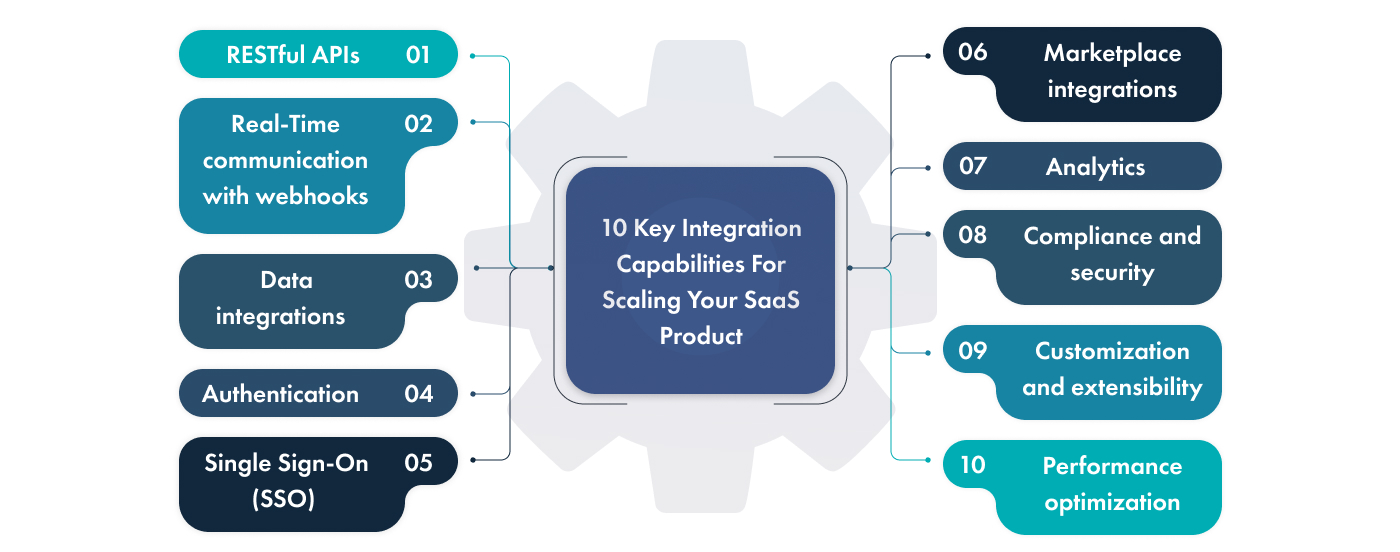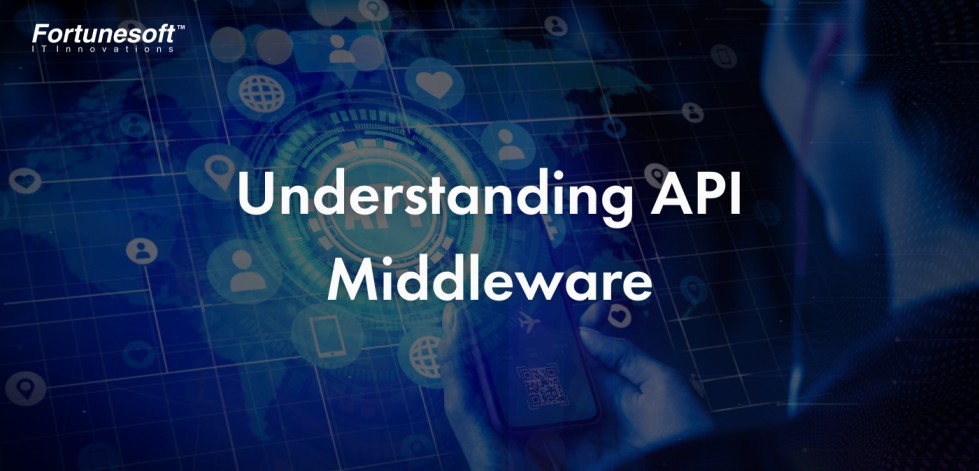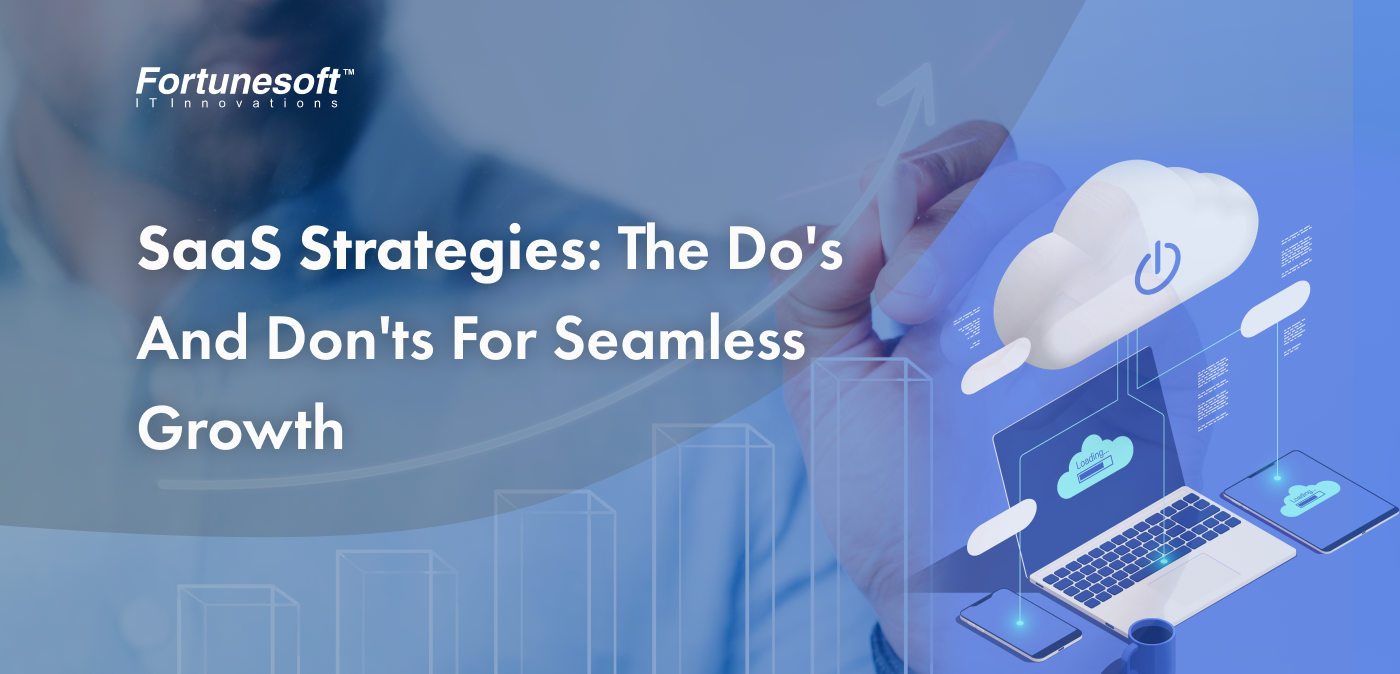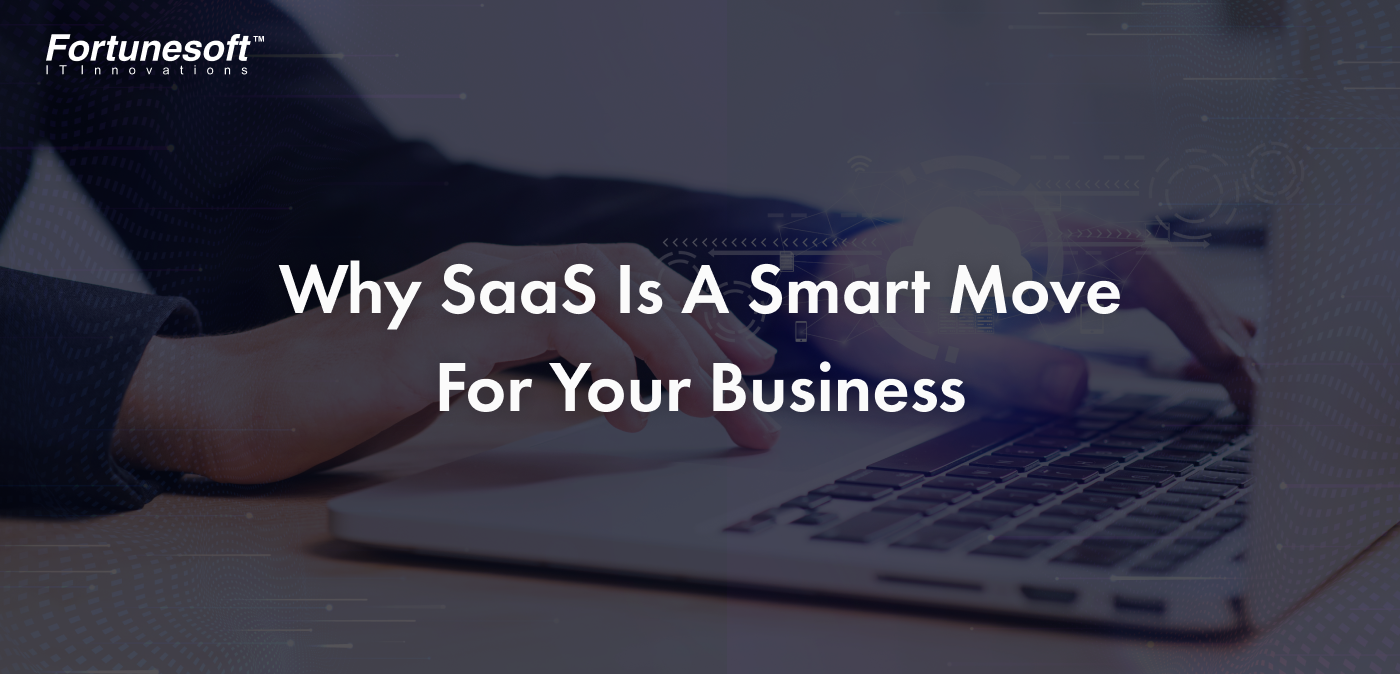 By Jophin
October 6, 2023
3 min read
By Jophin
October 6, 2023
3 min read
Essential integration capabilities for scaling your SaaS product faster
In the rapidly evolving digital era, creating a cutting-edge SaaS product is just the first step toward success. SaaS development has garnered the attraction of all emerging startups, enterprises, and businesses of all sizes. The true potential of a SaaS development lies in its seamless integration capabilities. As businesses rely on interconnected digital ecosystems, the ability of a SaaS application to collaborate seamlessly with other applications, databases, and services becomes paramount for scaling.
A splendid SaaS development strategy sets the base for achieving your business objectives, but the integration layer is what propels a SaaS product into wider adoption. To scale your product quickly and reach new heights in the SaaS industry, knowing SaaS integration capabilities is vital. Many SaaS startups and business owners scaled their products successfully with these integration capabilities
In this article, we will explore the ten essential integration capabilities for scaling SaaS products faster. Before discovering those integrations, let us first see the overview of SaaS integration.
What is SaaS Integration?
Software as a Service (SaaS) integration is the seamless incorporation of SaaS apps with other software, systems, or platforms to enhance the overall user experience. In the cloud computing world, SaaS integration has emerged as an important component, which empowers startups, enterprises, and business owners to unify their digital infrastructure.
In addition, SaaS integration involves connecting different software services to work together cohesively, which eliminates data storage areas and increases the interoperability of diverse apps. SaaS integration goes beyond connectivity. It primarily aims to create a synchronized ecosystem where data seamlessly flows between applications in real time. This can involve integrating customer relationship management (CRM) tools, communication platforms, or project management software to streamline business processes.
From a user perspective, SaaS integration ensures a consistent workflow. For business owners, it boosts operational efficiency, data accuracy, and the ability to leverage the collective power of interconnected applications.
Next, let us jump into our main section of the blog.
10 key Integration Capabilities for Scaling your SaaS Product

In the dynamic realm of the Software as a Service (SaaS) industry, the key to success lies not just in having a compelling product but in ensuring that it can seamlessly integrate with other systems. Here we list a few essential SaaS integration capabilities to seamlessly grow your product to a higher level.
-
RESTful APIs
A robust API strategy is at the core of any successful SaaS product. Open APIs are meticulously documented and accessible. So, it serves as the bedrock for third-party integrations. Implement RESTful APIs, adhering to REST principles for simplicity, scalability, and ease of use. RESTful APIs facilitate communication between different systems, which ensures efficient data exchange.
Consider industry giants like Stripe and Twilio, whose success can be attributed, in no small part, to their developer-friendly APIs that have encouraged extensive ecosystems around their key offerings.
-
Real-time communication with webhooks
In SaaS integration, real-time communication with webhooks is pivotal. Webhooks enable rapid event-driven data exchange, which eliminates the need for constant polling. Operating on a push mechanism, webhooks deliver timely notifications, optimizing resource use and ensuring immediate actions.
This capability is crucial for synchronized data, workflow automation, and seamless integration with third-party services in the dynamic realm of SaaS. It enhances user experiences, supports scalability, and fortifies security, making real-time communication with webhooks foundational for responsive and efficient SaaS integrations.
-
Data integrations
In SAAS integration, data integration is paramount. It involves seamlessly merging and exchanging data across diverse applications. This ensures a coherent information flow. Efficient data integration will streamline processes, enhance user experiences, and enable applications to work cohesively.
The capacity to effortlessly import and export data enhances user convenience and ensures that your SaaS product can seamlessly integrate with countless tools and platforms. Whether connecting customer relationship management tools or financial systems, robust data integration is the backbone of a responsive SaaS ecosystem.
-
Authentication
Security is non-negotiable in the world of integration. Authentication in SaaS integration is the process of verifying and validating user identities to ensure secure access to applications and cloud-based services. You can leverage protocols like OAuth. This protocol guarantees that only authorized individuals or systems can interact with the integrated SaaS platform. This safeguards sensitive data, protects against unauthorized access, and builds trust between your SaaS product and users or connected systems.
-
Single Sign-On (SSO)
Single Sign-On (SSO) is a crucial authentication mechanism that simplifies user access. Users can log in once and obtain access to numerous interconnected applications through SSO. It not only enhances user convenience but also simplifies onboarding processes and reduces friction.
For SaaS platforms, implementing SSO supports a unified user experience which stimulates efficiency and security. By centralizing authentication, SSO enhances data security. As a result, it reduces the risk associated with multiple credentials. Therefore, SSO is an essential component of SaaS integration, which contributes secure user experience.
-
Marketplace integrations
Integrating with popular marketplaces or app stores can significantly expand the reach of your SaaS product. By seamlessly connecting with popular app marketplaces, SaaS products gain exposure to a broader audience. Integrating with a popular platform like WordPress plugins not only enhances visibility but also facilitates a convenient user experience.
Users can easily discover, install, and use integrated applications within the familiar marketplace environment. For SaaS providers, this translates to increased business growth opportunities that create a symbiotic relationship with established ecosystems and expand the impact of their product in the global marketplace.
-
Analytics
Analytics and monitoring tools are paramount for tracking API usage, and performance, and identifying potential issues. By implementing robust analytics tools, SaaS providers can monitor API usage, identify bottlenecks, and optimize integration performance. Analytics also contribute to strategic decision-making, which offers valuable data on user engagement and feature usage.
The data-driven approach allows for continuous improvement and ensures that the SaaS product adapts to user needs and market trends. Furthermore, analytics in SaaS integration enable providers to measure the success of new features or integrations. It allows you to provide actionable intelligence to scale your SaaS product based on user preferences.
-
Compliance and security
Ensuring compliance with industry standards and regulations is imperative for gaining and maintaining user trust. Compliance and security are vital in SaaS integration. It ensures the protection of sensitive data to industry regulations. Robust security measures, including data encryption and secure authentication protocols, protect the integrity of the integrated systems. SaaS providers must comply with standards like GDPR or HIPAA, depending on their domain. It guarantees the user data privacy and legal adherence.
Implementing rigid access controls and audit trails further strengthens security. By prioritizing compliance and security in SaaS integration, providers build trust with customers and partners, which mitigates risks and establishes a foundation for long-term success in an environment where data protection is non-negotiable.
-
Customization and extensibility
Customization and extensibility are pivotal in SAAS integration, which empowers your customers to tailor the platform to their unique needs. As a product owner, offering customizable APIs and software development kits (SDKs) enables your customers to adapt the product to specific workflows. This flexibility supports a diverse user base and enhances overall satisfaction.
Extensibility ensures that your Software as a Service product can seamlessly integrate with a variety of third-party tools. By prioritizing customization and extensibility in SaaS integration, you can create an adaptable ecosystem that supports innovation and ensures that your product aligns closely with the growing needs of the users.
-
Performance optimization
Optimizing API performance is critical for minimizing latency and providing a smooth user experience. Fast and reliable integrations contribute significantly to the overall satisfaction of customers relying on your SaaS product. Tools and practices that focus on performance, such as content delivery networks (CDNs) and efficient caching strategies, become necessary for the success of high-performance APIs.
These are the ten vital capabilities required for seamless and successful SaaS integration. Keep these parameters in mind during SaaS integration.
Wrapping Up
The success of a SaaS product in today’s competitive landscape is intricately tied to its integration capabilities. By prioritizing a comprehensive API strategy, real-time communication, and other essential capabilities, your SaaS product can scale faster, adapt to market demands, and provide unparalleled user experience.
As the digital ecosystem continues to evolve, these integration capabilities will remain important in driving sustained growth. Furthermore, these capabilities ensure that your SaaS product remains competitive in the ever-changing landscape of the tech industry.
Author Bio


 Facebook
Facebook Whatsapp
Whatsapp LinkedIn
LinkedIn Pinterest
Pinterest








 Start Chat
Start Chat